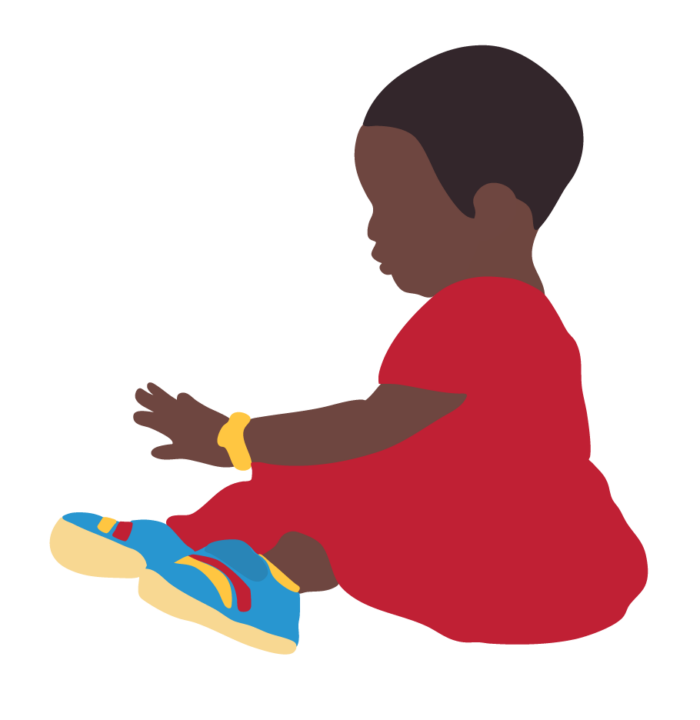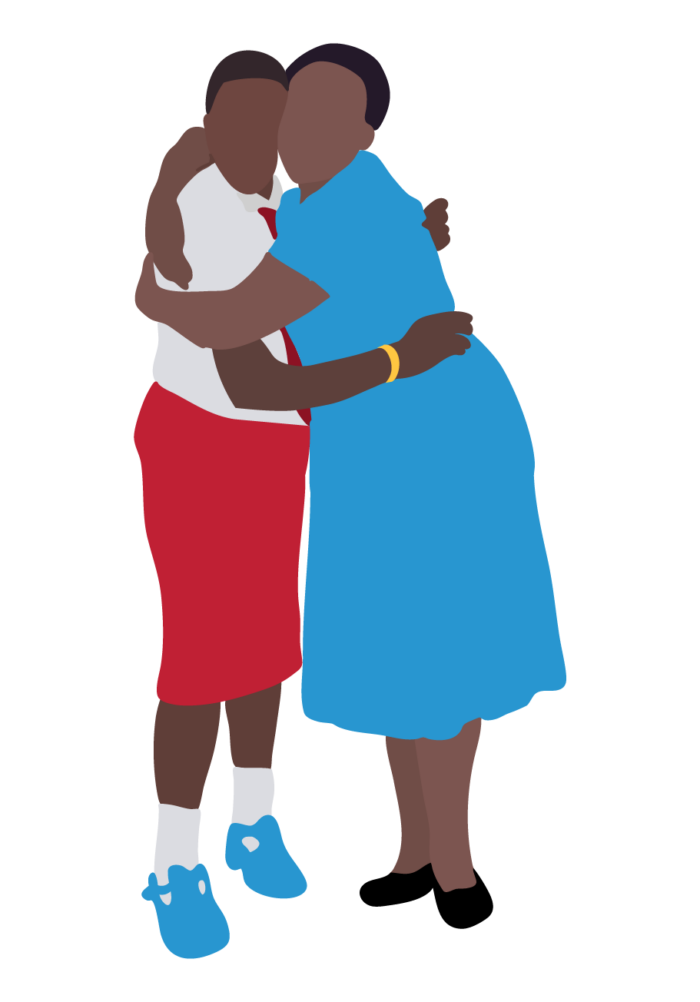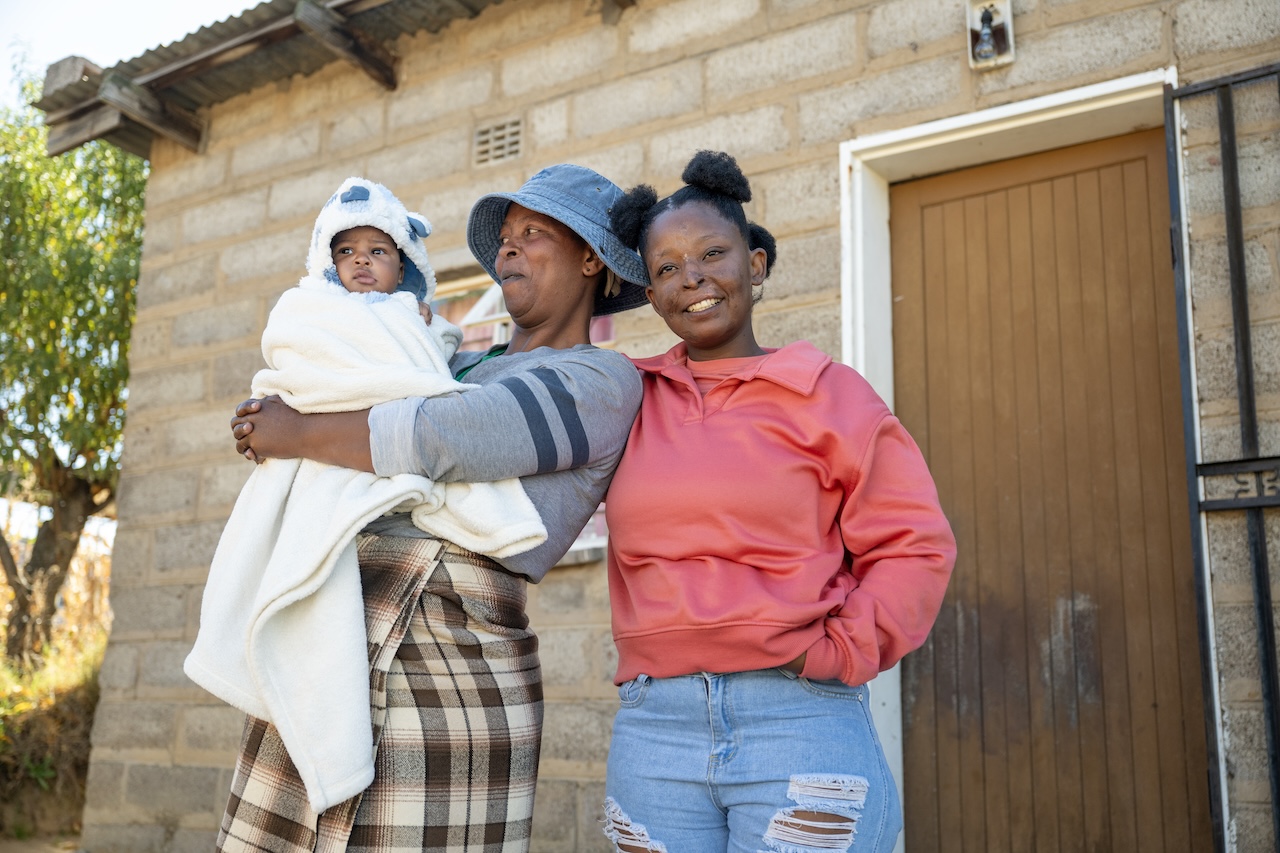
Patricia Mbabazi’s smile fills the room as she attentively listens to Mahoro Florah, a matron at her school in Kisoro—in southwest Uganda, near the Rwanda border. Patricia, 16, is alive and healthy today, but it has been a difficult path to well-being—with Mahoro alongside her for much of the journey.
At the age of 2, Patricia was struck with an unknown illness and became unable to walk. She eventually recovered, but she frequently experienced other illnesses. Then, at age 6, she was diagnosed with HIV. This meant that she could begin antiretroviral treatment.
Unfortunately, Patricia’s home life was unstable. Her father died shortly after her diagnosis. When her mother remarried, Patricia was left in the care of her grandmother, who struggled to provide consistent care. This affected Patricia’s adherence to her medication.
The pivotal moment in Patricia’s life came when she was enrolled in a primary school where the principal took a personal interest in her well-being, ensuring that she received regular medical treatment. However, it was the intervention of Mahoro Florah, a dedicated matron, who truly transformed Patricia’s health journey. Motivated by Jenina Musabyimana, a counselor from Kisoro Hospital, Mahoro learned about the importance of antiretroviral medication.

“Before I started taking care of Patricia, she appeared unwell, and her skin was covered with rashes,” Mahoro recalls. “However, after consulting with the counselor, I realized the importance of my role as a secondary caregiver in Patricia’s life. Since I began caring for her, her skin has improved as she adheres to her medication schedule.”
Mahoro faced some challenges. For instance, Patricia was reluctant to take her medication, often pretending to swallow the pills only to spit them out later. But Mahoro was patient and persistent. Patrica had never been told about her HIV status, which made it impossible for her to understand just how important it is to stay on treatment. Once Patricia knew her status, Mahoro was able to persuade her to take her medicine—which led to a dramatic improvement in health.
When Patricia turned 13, she was linked to Angella, an adolescent peer at Kisoro Hospital, who shared about her own experience living with HIV and explained the importance of taking her medication.
“That interaction helped Patricia to understand her status,”
Jenina

Today, Patricia thrives at school even during school holidays, under the watchful eye of Mahoro. This consistent care has allowed her to achieve viral suppression, a crucial milestone. It means that HIV is not detectable in her blood. Being virally suppressed means that Patricia’s immune system is healthy and can fight off disease as it is intended.
Patricia is alive and healthy today because of Mahoro and other caregivers who gave her the psychological, human support she needed to stay on treatment.
*Why do we use illustrations? Sometimes people agree to share their story but are uncomfortable with also sharing their image due to stigma and/or privacy concerns. In these cases, we use illustrations to help tell the story while protecting the privacy of the individual. Illustrations are not meant to depict a specific person.




